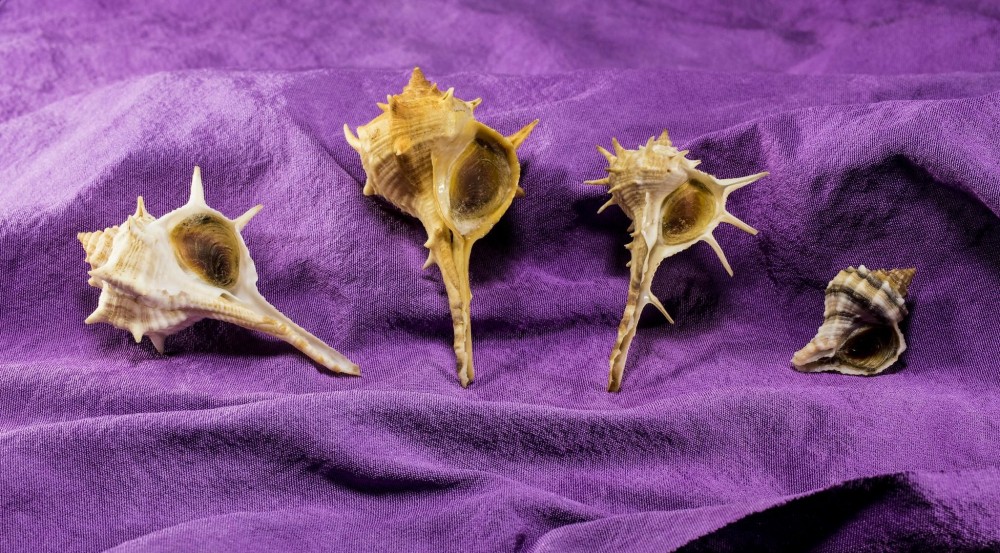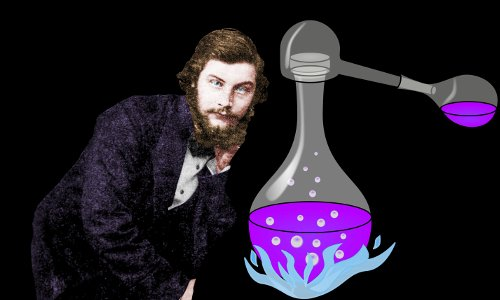Purple Fever
Today purple is a pretty common color, but have you ever wondered why it is does not exist on any flag? The fact is that until the 19th century, the purple dye was obtained exclusively from gastropod mollusks of the Ilyanok family. In hunt of a unique color, people exterminated them in tons.
The color of kings
Due to the great rarity and complexity of production, purple was considered the color of the highest nobility. In the Torah (the Law of Moses) God ordered that the tent, in which the Ark of the Covenant was kept, be decorated with purple fabrics. Alexander of Macedon wore purple dresses during ceremonial receptions, and during the time of the Roman Empire, only the emperor could wear purple.
On the verge of extermination
The purple dye (Tyra purple) was discovered by the Phoenicians about 1600 years BC. e. The largest industries were located in the coastal cities of Tire and Sidon.
The dye was obtained from several species of gastropod mollusks of the Igljanok family. Their glands produces a special secret, which after evaporation turns into a dry, concentrated dye.
No one was particularly ceremonious with mollusks; over the centuries of purpura extraction on an “industrial” scale, entire hills formed from their shells. So in the vicinity of Saida, a giant pile of shells was discovered — in fact a man-made wall with a length of 120 and a height of 8 meters.
For the production of 1 kilogram of dye, about 200 thousand mollusks were required to be destroyed, while for dyeing 1 kilogram of wool, 200 grams of the coloring dye was required. In fact, purple was the most expensive dye in history. Under the emperor Diocletian in 301 AD e. 1 kilogram of purple silk cost 150 thousand denarius, which in terms of modern currency is equal to 28 thousand US dollars.
And it would seem, a little more — and the mollusks in the Mediterranean Sea can be recorded in the Red Book, but the war between the Ottomans and Byzantium saved them from complete extermination. In 1453, during the capture of Constantinople, the last workshops for the production of Tyr purple were destroyed. After a while in Europe everybody from bishops to monarchs switched to other closest colors or clothed in the remains purple dresses.
Science gives life
In 1856, the young British chemist William Perkin, in the course of numerous attempts to create a cure for malaria, accidentally discovered mauveine — a synthetic purple dye. A year later, the production of mauveine was established on an industrial scale. Purple has gone to the masses, and snails are no longer afraid of total extermination.


